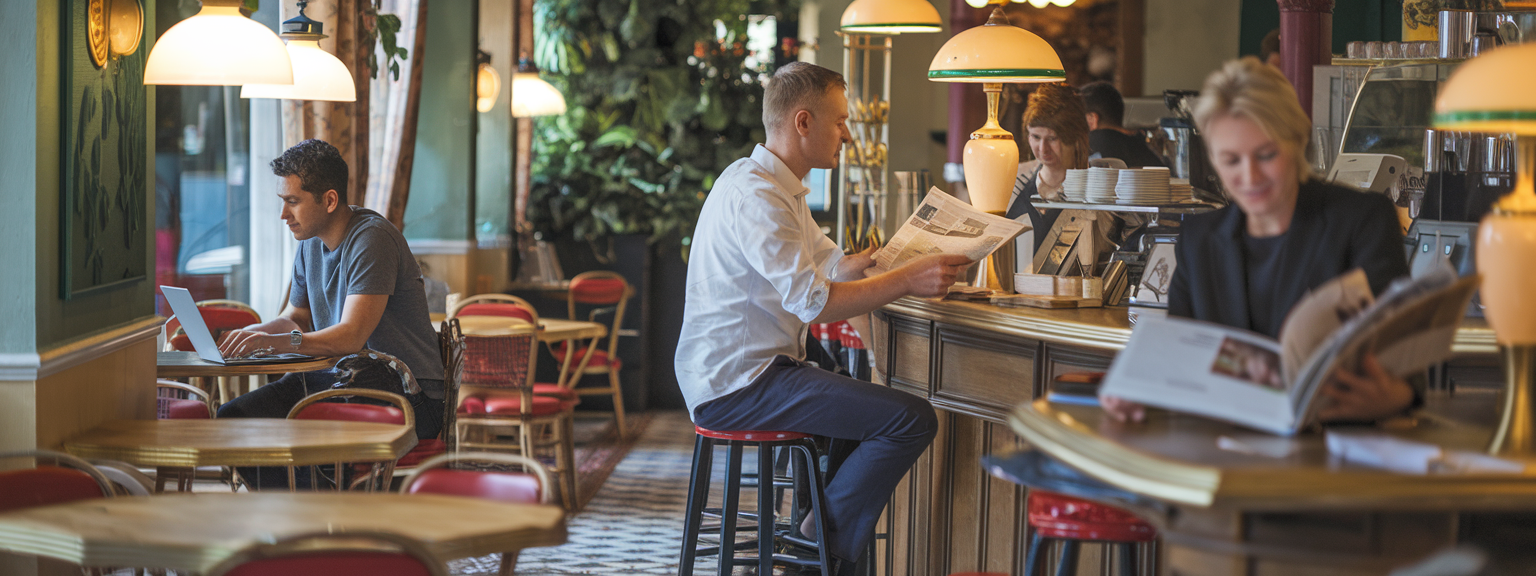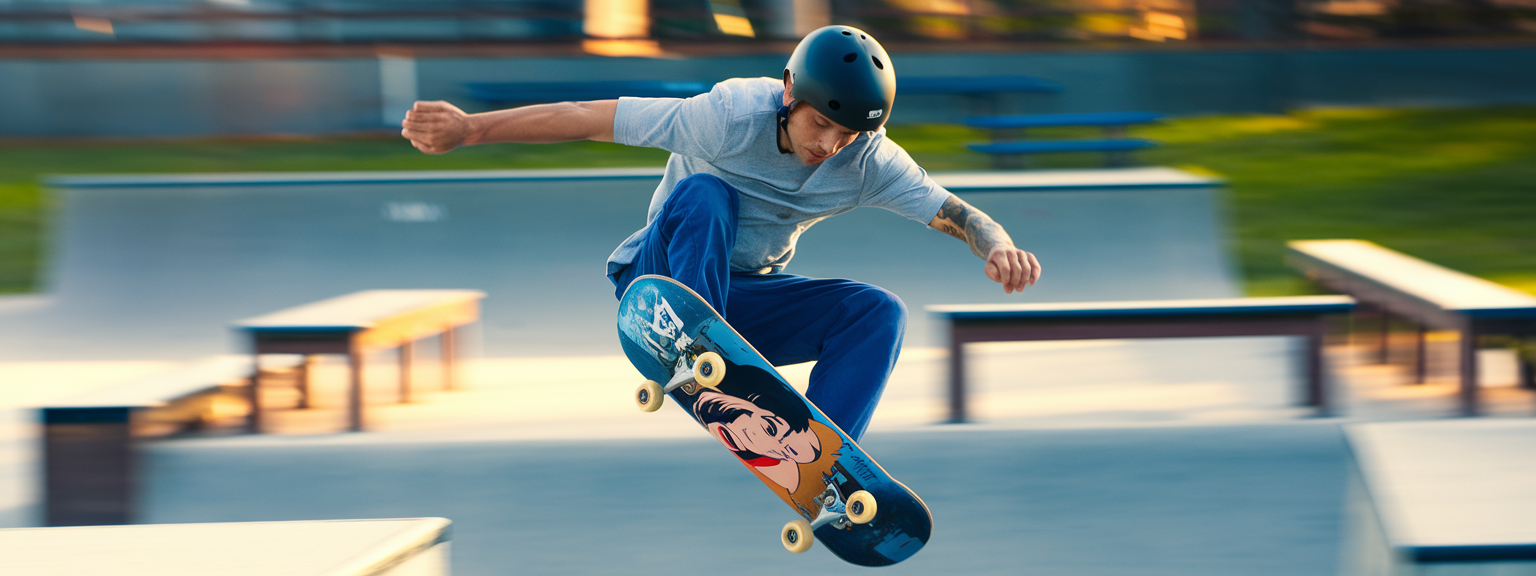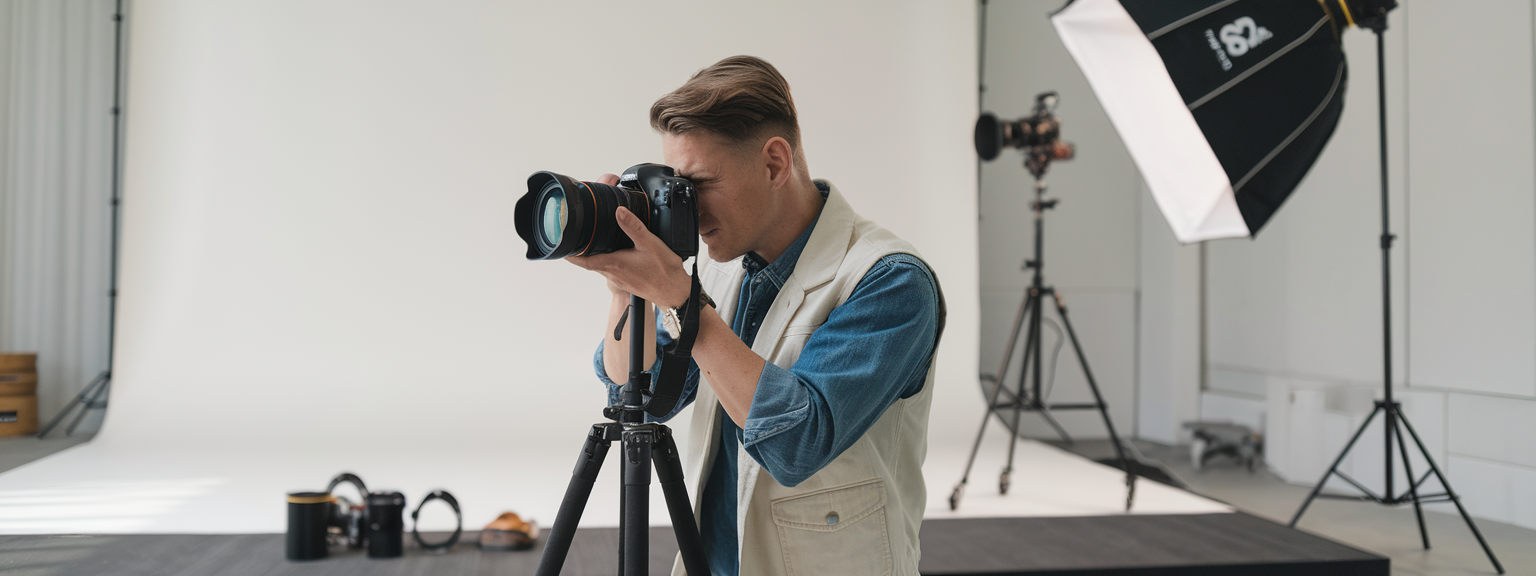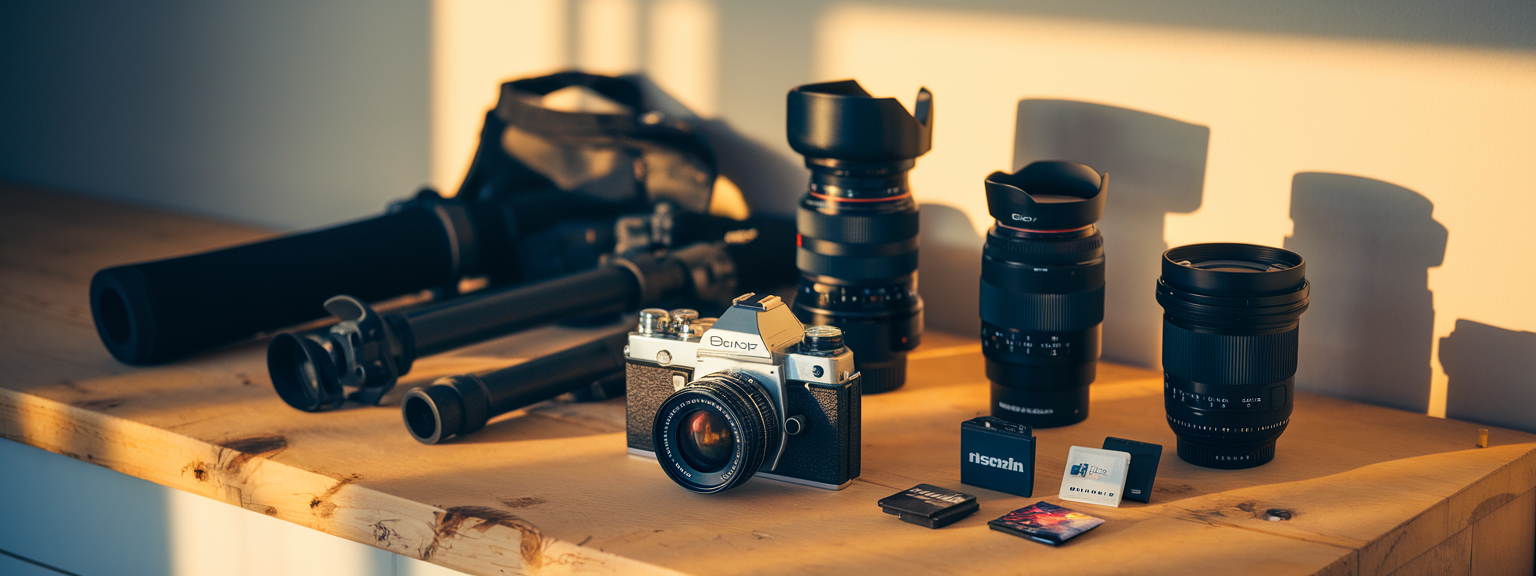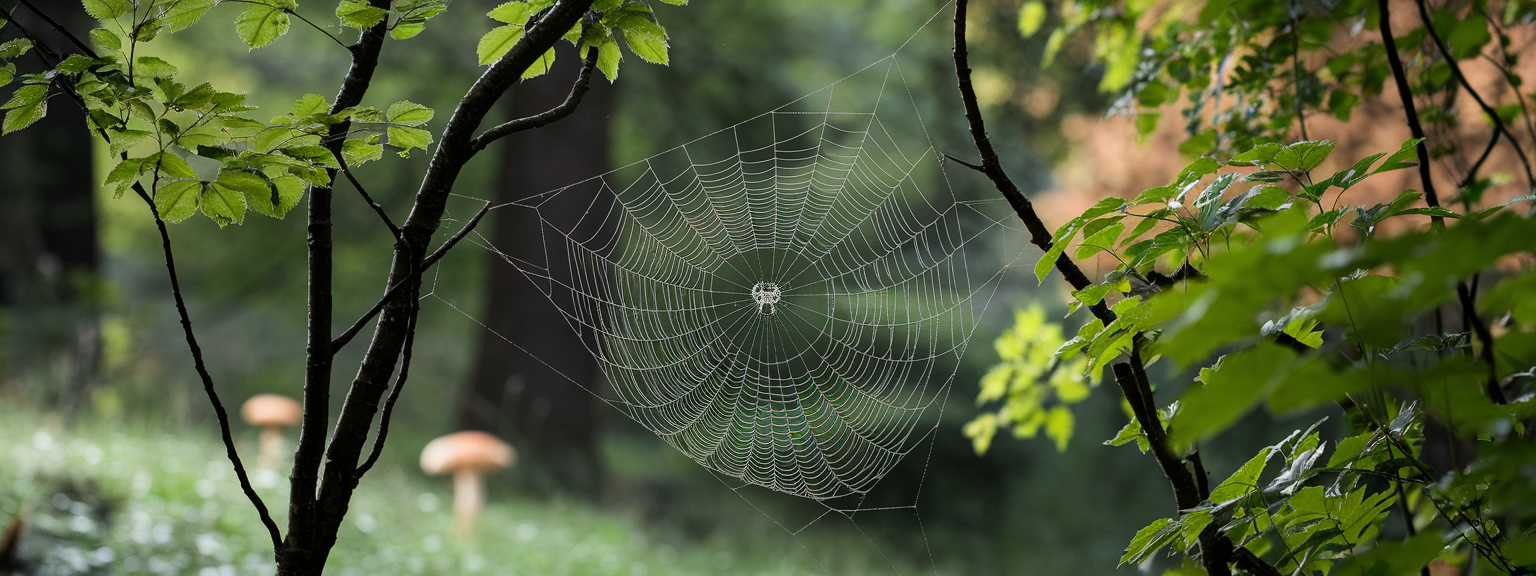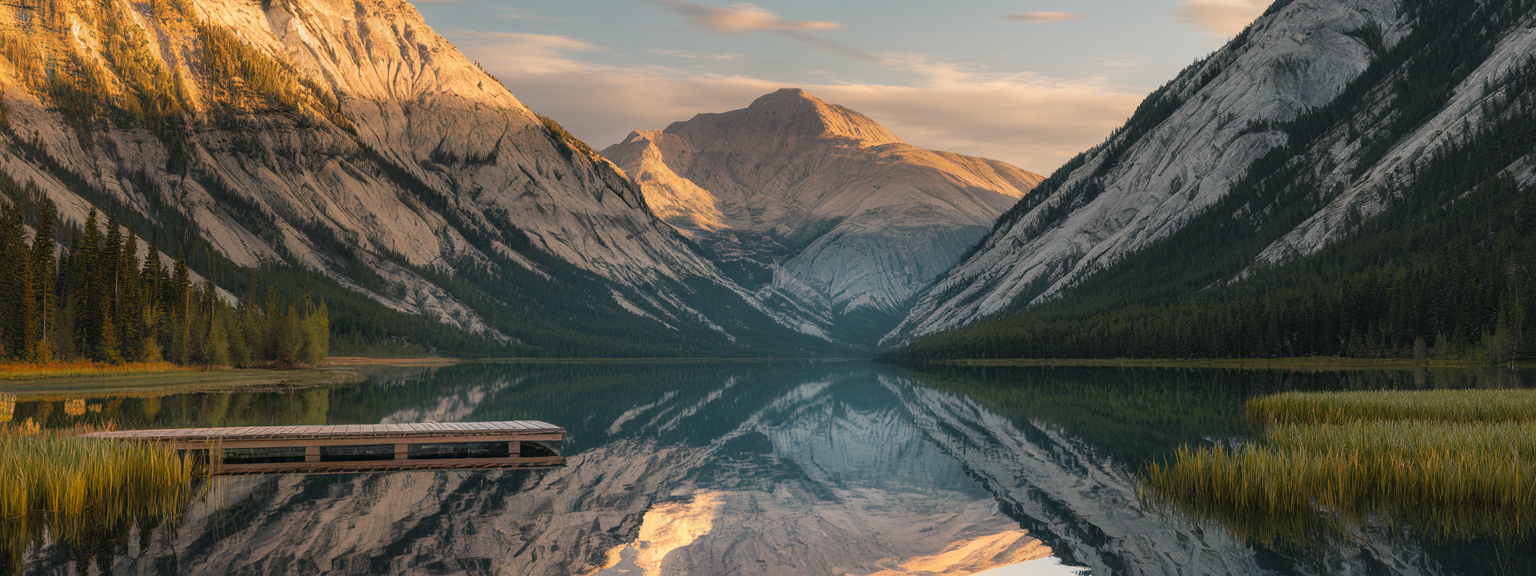Street Photography: Capturing Life Candidly Like a Pro

Street photography is the art of capturing life candidly in public spaces, transforming ordinary moments into compelling visual stories. As both an artistic and documentary form, it combines elements of candid photography, urban photography, and documentary photography to document everyday life photos authentically. Whether you are documenting city life photography in a crowded metropolis or observing subtle interactions in a small town, the essence remains the same—capturing spontaneous moments that convey human emotion and connection.
📝 Step-by-Step Guide: Street Photography
Step 1: Understand the Essence of Street Photography
Street photography is rooted in truthful storytelling. The priority is not the camera or lens, but your awareness as an observer. Think like a visual journalist rather than a director—your role is to witness, not stage. The goal is to preserve unrepeatable slices of public life as they occur.
Step 2: Choose the Right Gear for Discreet Candid Shots
- Compact mirrorless cameras such as the Fujifilm X100V or Ricoh GR III
- Prime lenses (28mm or 35mm) for immersive, natural perspective
- Light and portable setups for better mobility and reduced attention
Pro Tip: Modern smartphones with manual controls can be powerful tools for street photographers.
Step 3: Scout Locations
- Markets, pedestrian streets, transit hubs, and festivals
- Areas where light interacts dynamically with architecture
- Unique visual backdrops such as graffiti walls or reflections
Step 4: Master the Art of Observation
Train your eyes to detect body language, fleeting expressions, and patterns in movement. Look for juxtapositions that add depth, such as a child with a balloon next to a stern police officer. Anticipating action gives you precious seconds ahead of the decisive moment.
Step 5: Practice the Zone Focus Technique
- Adjust manual focus to a fixed range (e.g., 2–3 meters)
- Use a small aperture (f/8 or f/11) for deeper depth of field
- Wait for subjects to enter the pre-focused zone
Step 6: Mind the Light
- Golden hour provides warm tones and elongated shadows
- Midday light works for high-contrast textures
- Overcast skies eliminate harsh shadows and soften scenes
Step 7: Shoot Candidly and Respectfully
Blend seamlessly into your environment by dressing neutrally and moving deliberately. Respect subjects’ personal space while maintaining authenticity in your captures.
Step 8: Edit for Story and Mood
- Adjust contrast to bring out textures
- Consider black and white for a timeless atmosphere
- Crop sparingly; retain natural framing
📌 Practical Applications: Street Photography
Cultural Documentation
Street photography creates visual archives for future generations, preserving the social and cultural essence of an era.
Social Commentary
Powerful candid shots can spark conversations about societal issues, everyday beauty, and human resilience.
Travel Journalism
Combine street and urban photography to showcase the heartbeat of a destination.
Commercial Uses
Brands and media are increasingly seeking authentic city life photography for campaigns and editorial features.
Personal Growth
This discipline enhances patience, perception, and empathy.
💡 Tips & Tricks: Street Photography
- Shoot from the hip to maintain a discreet presence.
- Incorporate leading lines like streets or shadows to draw the viewer’s eye.
- Wait patiently for Henri Cartier-Bresson’s decisive moment.
- Get closer to your subject for intimacy, but be mindful of boundaries.
- Use foreground, mid-ground, and background elements for layered depth.
- Experiment with shadows, reflections, and silhouettes for creative framing.
📸 Sample Scenario
Location: Barcelona’s Gothic Quarter, early evening. The sun casts golden light into narrow streets. A street musician plays beneath an archway. A young girl dances while her father claps in rhythm. By pre-focusing your lens at 2 meters and positioning yourself for natural framing, you capture her spontaneous leap in perfect harmony with the melody. Later, a suited businessman passes a graffiti wall — the contrast between corporate polish and urban grit conveys a layered narrative in a single frame.
✅ Key Do’s for Effective Usage
- Carry your camera as often as possible.
- Respect cultural norms in all locations.
- Prioritize light and composition over gear.
- Blend into the environment with neutral attire.
- Work on themed projects for visual consistency.
- Keep camera settings ready for immediate shots.
❌ Common Mistakes to Avoid
- Overreliance on zoom lenses that distance you from subjects.
- Attempting to salvage poor shots entirely through post-processing.
- Lacking empathy in street interactions.
- Standing in one place too long and drawing attention.
- Neglecting to back up your images regularly.
- Over-editing, which can strip authenticity.
🔄 Troubleshooting & FAQs
Is street photography legal?
In most countries, photographing people in public spaces is legal for artistic use, but always check local laws and respect cultural sensitivities.
How can I overcome shyness when photographing strangers?
Start in busy tourist locations, use a wider lens for less obvious framing, and gradually move closer as your confidence builds.
What is the best camera for beginners?
Compact mirrorless cameras like the Fujifilm X100V or Ricoh GR III are excellent starting tools. Many smartphones also perform exceptionally well.
How do I manage harsh midday light?
Seek shaded areas, use shadows creatively, or leverage reflective surfaces to alter and soften the light.
What’s the difference between candid photography and street photography?
Candid photography captures unposed moments in any setting, while street photography is a genre—often candid—focused mainly on public, urban spaces.
🖼️ Bringing It All Together
Street photography merges artistry, intuition, and timing. By carrying a ready camera, observing without judgment, and respecting subjects, you create compelling narratives of everyday life. It is an evolving skill—one sharpened by patience and time on the streets.
Ultimately, street photography is about connection—between you, your subject, and the viewer. Whether you’re capturing high-energy city streets or serene residential lanes, your lens is a bridge to shared human stories.


![[Travel Photography Sunrise Shot] [Photographer capturing a mountain sunrise with camera — travel photography]](https://lenslesson.com/wp-content/uploads/2025/10/travel-photography-sunrise-camera-essentials.png)

